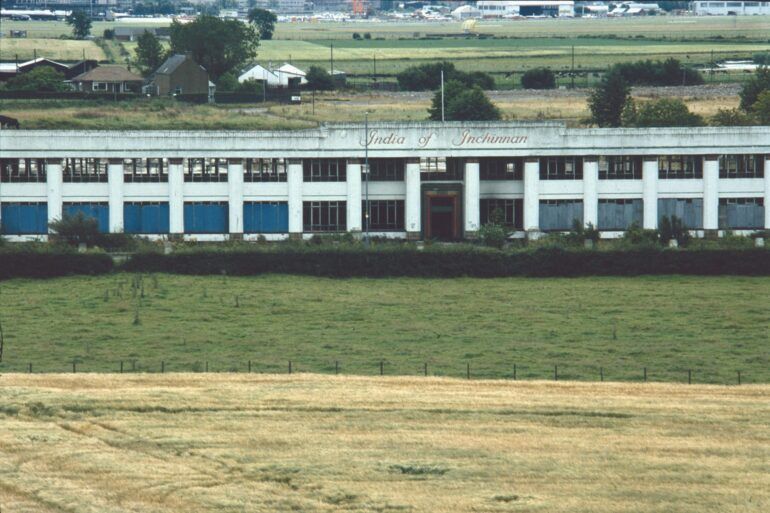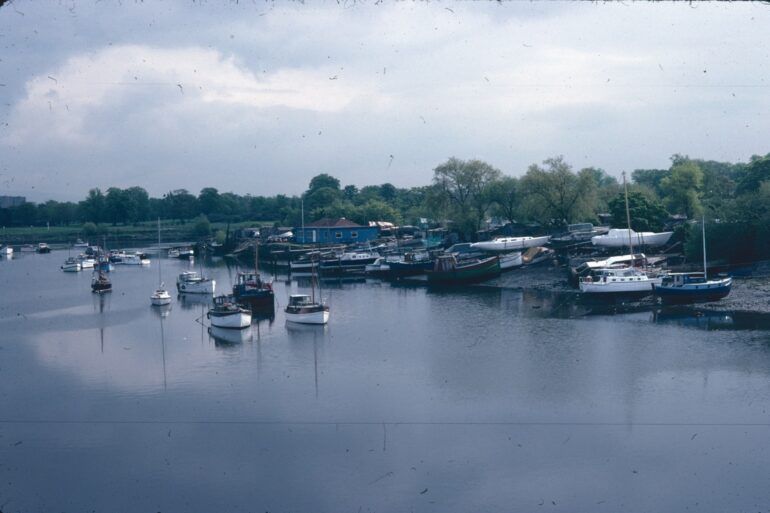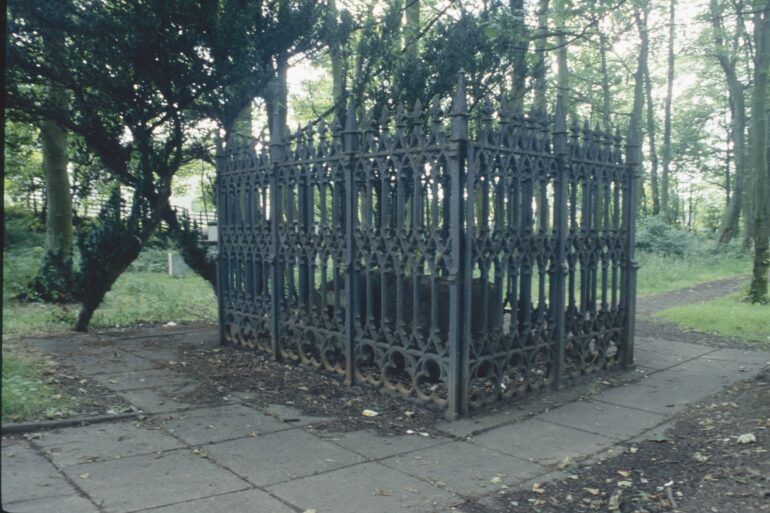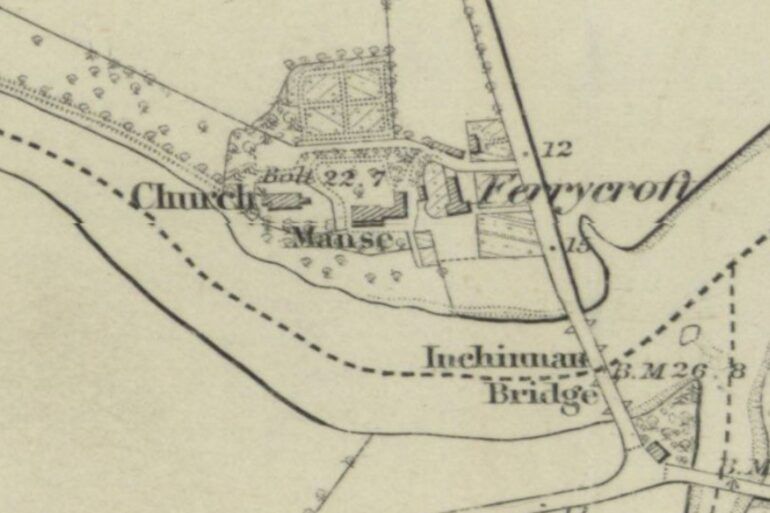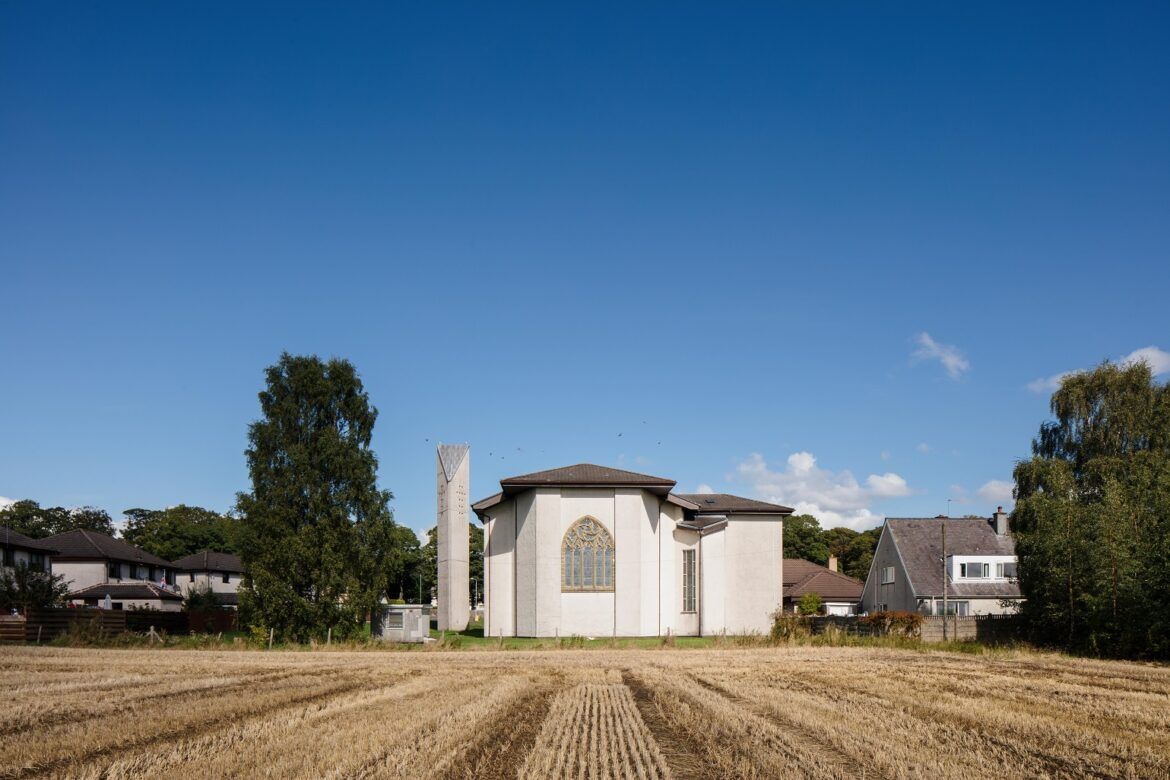Inchinnan’s history as a settlement can be traced all the way back to the prehistoric days of the Iron Age.
Neatly positioned at the foot of several bodies of water in the form of what are now known as the Cart, the Black Cart and the Gryffe, the area was tailormade to cater to the basic needs of humans since the onset of humanity.
Said to have been inhabited by one sect of the tribe of early Britons known as the Damnonii during the second century, it’s believed that they crafted homes with thatched roofs and attempted to fortify their community with palisades in order to ward off the Roman occupation.
Where the people of the region would’ve once adhered to celtic and pagan theologies, this was soon overturned with the arrival of St Conval from Ireland. According to legend, this son of an nobleman and peer of St Mungo was taken out to sea around 590 Ad on St Conval’s stone before surfacing in the River Clyde. Eventually, he would alight at Inchinnan and here, with the support of local rulers, would found his own church. Over time, word of St Conval’s remarkable feats would travel and after his death, people would travel to the stone and drink the rainwater that’d amass in its crevices and grooves, believing it to have healing properties. Reportedly, St Conval’s bones were located in a church in Inchinnan until at least the 10th century.
Originally identified as “Kilinan” in the days of the Ragman Rolls, Inchinan– which is derived from the Gaelic word “Innis” and 9th century confessor “Inan” of Irvine– would play an unanticipated role in the days of the 12th century crusades after its church and the surrounding area was awarded to the Knights Templar by King David I.
Within that same century where the Templar came to preside over it, it is believed that the bodies of the fallen from the nearby Battle Of Renfrew were buried between two mounds in Inchinnan’s Teucheen Woods.
Granted both their own monastery and patronage of the parish church, this remained the case until the Templar’s order was officially disbanded and all property repossessed in the 14th century.
After intervention from King Philip IV, the area was placed under the administration of the Knights Of St John Of Jerusalem until around 1560. At which time, it fell under the remit of the Earl Of Lennox.
Upon arriving in his new fiefdom, the Earl was permitted to build one of the grandest palaces of its age. Although nothing remains of it today, it is believed that this stately home– which was shielded from trespassers by six hundred yards of walling, came complete with family suites, lounges and a private chapel, all of which came in at a hundred yards in length each. Despite its grandeur and enlistment as a place for negotiation, it fell into disuse by 1600 and in 1800, nothing but the foundations of this once prestigious location remained.
By the 1700’s, industry had come to Inchinnan in the shape of quarries of limestone and sandstone. In addition to these two broadly-used rock surfaces, basalt was also extracted here for the construction of jetties.
In the early 20th century, Archibald, the first baron Of Blysthwood resolved to build a new church that’d replace the medieval relic– which was said to be “literally paved with skulls”– that had stood in Inchinnan for generations. Dubbed “All Hallows” and designed by Sir Robert Rowand Anderson, the church was completed in 1904 at what would’ve been a staggering cost of £20,000.
While the church was demolished in the 1960s in order to make way for Glasgow Airport, its graveyard and the Blysthwood family mausoleum remains.
Within ten years of All Hallows being finalized, Inchinnan would play a relatively unsung role in World War I.
Led by Glasgow’s armaments experts The Beardmore Company, Inchinnan would become the site of a constructional shed for airships. On top of the firm building 52 houses in the area for its most vital workers as well as a hydrogen production plant and the large Hadley Page Hangar, the shed would be used to craft four airships before the admiralty contract was terminated in 1919. As a result, operations officially ceased in October 1922 and many of the buildings were leveled.
However, the hangar and other assorted structures would eventually be purchased in 1927 by India Tyres and with that, the famed India Of Inchinnan was born. Experts in all things rubber manufacturing, the business took off and in addition to breaking ground on its gorgeous art-deco office block that was designed by architect Thomas Wallis, they also built homes in Allands Avenue and India Drive in order to house their 2,500 workers.
